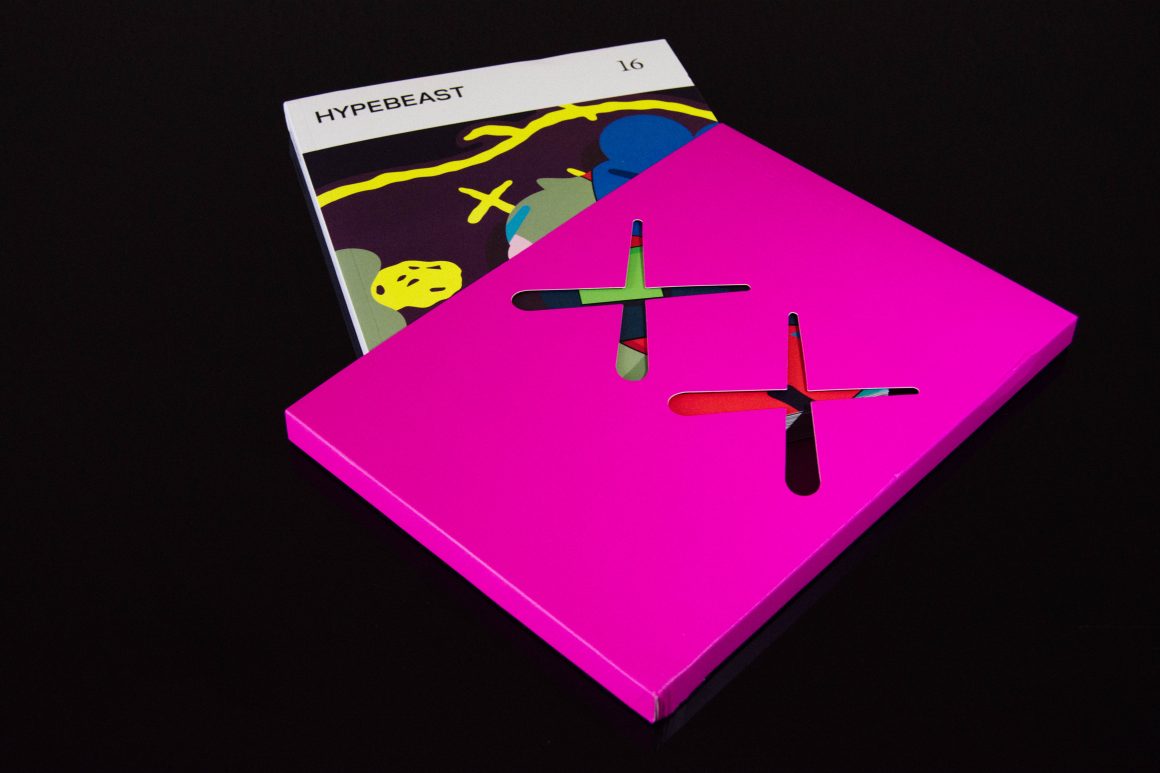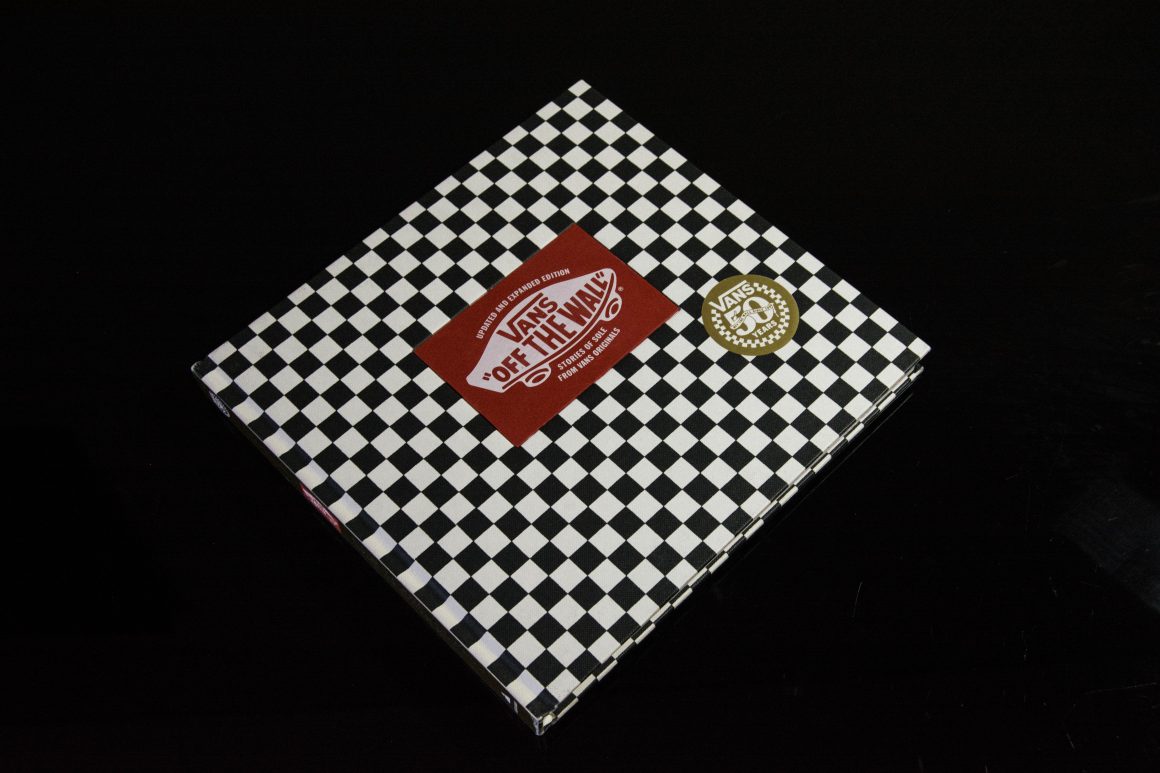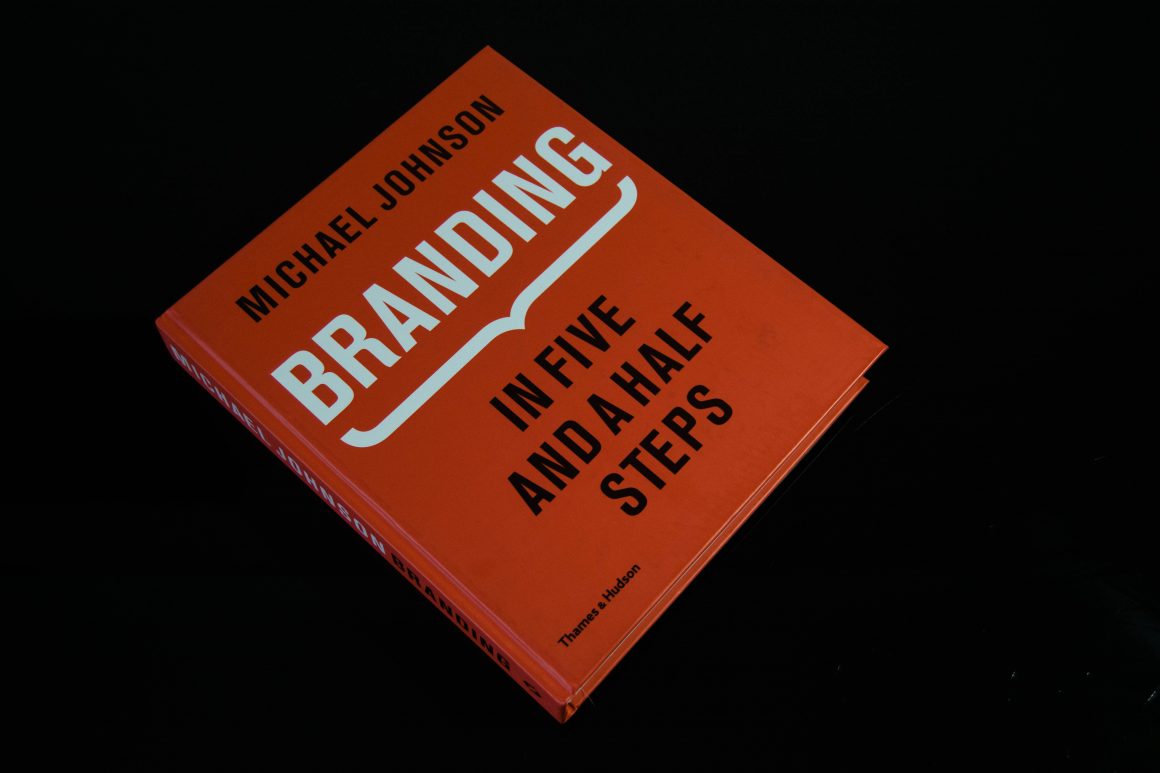Khanya: I actually wanted to watch a documentary called The Director. It came out around 2012 or 2013…
Rhest: Yeah? About…?
Khanya: It’s about Coco, I think. It’s about the director that runs her studios now. And it’s just brutally honest about what goes on behind the fashion shows, fashion week…
Rhest: Just the shit that we don’t get to know.
Khanya: Yeah. You know, the intensity of the 30 minutes before the models come out onto the runway. It looked crazy. I mean, I haven’t seen it yet, just the previews – but it looked so crazy. But anyway, so you guys are based in Pretoria, right?
Rhest: Full time. Pretoria, Attridgeville, to be specific. We’re based in, like, a township that’s west of Pretoria called Attridgeville. And we know that sounds weird to think that we distribute publications like Hypebeast and Highsnobiety coming out the hood, you know. In a township – laughs.
Khanya: Why? What’s wrong with that? The hood… The hood has always been the originator of style in my opinion.
Rhest: No, definitely! If you’ve been there then you’ll know. But then, when you think about it, it’s like… Ok, let’s say you’re a gent from Dainfern (suburb), and you’re just going through your phone and you see these guys called RHEST.co.za and they distribute these publications. You know the publication is foreign, you know it’s rare, so you decide you want to pick one up. Now you’re going through the address and details and you come across “Attridgeville, Pretoria” – So you google the location, and you see it’s a township! You’re like “These guys don’t have Highsnobiety, yo! This shit’s a scam bro”
– laughing “Don’t nobody have Hypebeast in the hood! Get the fuck outta here!” But we got it though! We got it, we got it.
Khanya: So it’s been a challenge then; running the publication aspect of the business from the hood?
Rhest: Uhm… It’s been cost-effective.
Khanya: The hood’s always cost-effective.
Rhest: Right! But at the same time we feel like if we were running it out of Sandton then we’d make for sales, because we’d be in Sandton. As much as we’re saying the hood’s cost-effective, most of the target audience is in the ‘burbs, so we would move more product there.
Khanya: That makes sense. But I feel iKasi is open-minded, for the most part – as opposed to someone who grew up in the ‘burbs their whole life. I feel like our perspectives are a lot more three-dimensional. The Culture’s perspective is more three-dimensional. Now, you guys went into a hard industry; the print publication industry. So how has the reception been from where you’re based, eKasi, vs. when you guys step out to engage the culture?
Rhest: Well, let’s go back a little; right to the beginning so it’ll make sense. So RHEST started out as a party. We threw parties. It was dope. It was well packaged. After a while, someone came up and asked us who was doing our branding and our marketing, you know? And we’re like “Yo, that’s all in-house”. So he was like “That’s dope! Can you guys do something along those lines for me?” So we stumbled across a demand for this shit. Cool, let’s test the waters. We started getting a couple of clients, and gradually started becoming a creative studio. But we were young at the time; things became stagnant a bit. So we started asking ourselves what we could do to set ourselves apart from the rest… No pun intended… – laughs – we were like, yo, let’s sell books. Let’s distribute print. Now, why books? Everything we do is about self-expression. Whether you’re an individual or a brand, it’s all about expressing the best version of yourself to the world; and then it works the other way too. That’s the Culture.
It’s a give and take, you know? So we went into print. Right then we decided to stock the best, and that’s Highsnobiety and Hypebeast. Also, we felt there’s a design segment that’s not being catered to. Because we’re in the design industry, we’ll engage print publication around design to feed ourselves and consumers with knowledge. That actually got us more traction. Now we’re getting more clients. It’s been a snowball effect, like the guys who are into your Hypebeast and so on, are also interested in Rap culture, so now we get requests to distribute books like Hip Hop Raised Me, you know? And we found an appreciation from people for bringing that aspect to them. Oh, and by the way, RHEST is an acronym – Rhythms, Enunciation and Style. So that encompasses everything we do, all that we’re into.
Khanya: So I feel like, or at least I’ve picked up that the product that you guys offer and distribute is dictated to by what you’re into, personally. A lot like what we do on Justsunday. The contents of the mag, what it looks like and what it feels like speaks to who we are and what we’re into. We don’t want to lose that, but we do want to expand on it. So like, what we did on the second issue was give out a lot of the articles to creative individuals that we love and admire. Individuals we look up to. In that way the mag could maintain a through-line that feels like us, but offer a broader perspective than just our own. With what you guys offer, I find a through-line in every book and mag that I’ve seen so far – Design, Quality and Exclusivity…
Rhest: Def! Yeah, def!
Khanya: …A different texture in all of them, from Jay Z’s “Decoded”, Michael Johnson’s “Branding” to the Chanel collection, but they all have that through-line. So, how do you guys decide on what to stock?
Rhest: Well we have to look at who’s selling it at the moment. If no one is selling it, then is there a demand for it? If not, then should there be? And how can we create a demand for it? So that’s rule of thumb for us. Secondly, we always want to educate people. I feel like people always get to see the end product, we hardly ever get to see the process. So a lot of our content talks to that. If you’re starting a brand, a business, this is the story and insight behind some of the best that have done it, and are still doing it. What you buy and what you’ve seen on social media is the end of it.
Khanya: At the end of that strenuous process, when you get to the end of it, it’s just ‘scroll, scroll, double-tap, scroll’.
Rhest: Done! That’s all you work for, digitally. And whereas, with print, it’s a journey on it’s own. It forces you to take time to consume. You have to sit down, open the packaging, and smell the paper that sets the tone to the content. That’s a whole experience. But you have to realise one thing; as much as digital is the New World Order, print is forever. And they co-exist. It’s not necessarily one or the other.
Khanya: That’s funny. We got a lot of the talks. A lot of that ‘advice’ saying “Guys it would be a lot cheaper, a lot faster, it would be a lot easier if you guys just went online.” And I want to your perspective on this, but ours was, uhm… You know Clive Bean once said, in an interview we were doing with him, he said “When last did you get a mail from overseas, with all the stamps, the foreign smell, the texture? There’s no better feeling than opening an envelope on a Sunday afternoon while the sun sets and going through your mail”. That’s the feeling that we’re trying to keep alive with the mag.
RHEST: And that’s serene bro. That’s the shit you’ll never get by going through your phone. Now with that being said, you can have the Highsnobiety’ app, or go online, but when it’s in your palms, and you’re paging through it… damn. I don’t think they’ll ever replace each other [Digital vs Print].
Khanya: So how do you see their co-existence?
Rhest: Well, if you look at digital uhh, uhm… would you call them ‘magazines?’ Whatever.



Khanya: Onlinezine?
Rhest: Yeah, that. I think let’s talk about… I mean I hate to talk about money. But let’s talk about money and the user experience of reading it. With reading, there are no distractions when consuming print purely based on the effort you go through to find the time to consume it’s content. With online articles, you’re getting a banner or a pop-up. And that’s why the articles are so short on that platform. You can’t hold their concentration for that long because there’s so much to do on that platform. Also, it’s harder to get people to come back to the same topic on digital, which is why it has a shorter lifespan. Now, print is more expensive, but it lives a lot longer. That being said, there’s no right or wrong between the two. They can compliment each other if used in the right way, a smart way.
Khanya: That makes sense. We were talking about it the other day and we concluded that print lives longer as a singular entity before a body. So a single print issue might have certain significance to certain individuals, before they buy into the brand. But with digital, it lives longer as a body first. You’ll remember Hypebeast as a body before you remember the first article you read this morning. Actually, while we’re on the topic, there are a lot of things we see online or social media that we ‘Like’ and scroll past because we deem them unattainable. Which must have an impact on your business. When I saw the Hypebeast x KAWS cover I was blown away. I mean he’s one of my favourite artists [KAWS]. But I already accepted the fact that I’ll never have one. It’s near impossible. I didn’t even bother going to search if it were possible to get my hands on it. How does that affect your business?
Rhest: First of, you have to understand that South Africa is country where an average mag is like, R50 or R80. Now, we’re coming with HB and we’re saying hey, its R300. The first thing you hear is “Yho!”. That’s how many times more? Like, ten times more, right? Nah not ten times more…
Khanya: …five, six times more.
Rhest: Yeah, my bad. It’s six times more. Dawg, don’t put that shit in the mag. Edit it out – laughs
Khanya: Yeah and I get you. It’s not to say we don’t appreciate quality, but our perception on spending on value is different, countrywide. Like we know what a HB is worth, or whatever; but selling a South African Justsunday Mag at R200? – it’s not easy.
Rhest: It’s not. An average South African mag is around R80. So, wena what do you have that’s worth my R200? Why?
Khanya: Exactly. And it’s crazy because we’re like, yo, we know what goes into putting every issue together. Trust me, you’re getting if for free at R200. But, we’re delusional because the next person doesn’t give a fuck about what you went through to put it together. All they see is the end product. They’re like “Yeah negus, it looks good, I know that person, this one’s a friend, I follow her on Instagram – she’s dope, but R200? Fuck outta here! Now excuse me while I settle my R600 bill for the drinks” – laughs – So what I’m saying is, we do understand what quality is worth, but our perception of what money is worth is a lot different.
Rhest: And those are the talks you’d like to have with each individual, but you can’t. And feel for Justsunday because you’re priced at a Vogue level, you know what I mean? But they’ll come at you like, but my G, you’re not Vogue level. They don’t understand that Vogue drives on sheer numbers. Those numbers allow them to run the mag R200 when it should be R400. But when you’re independent it’s different. You’re meticulous about every single detail. You want to make sure that it’s the best version of South Africa you’re putting out. You can’t cut corners.
Khanya: Fighting the perception “Made in South Africa”
is a synonym for Cheap production. Low quality.
Rhest: “Brand from the Hood” – Even lower quality.

